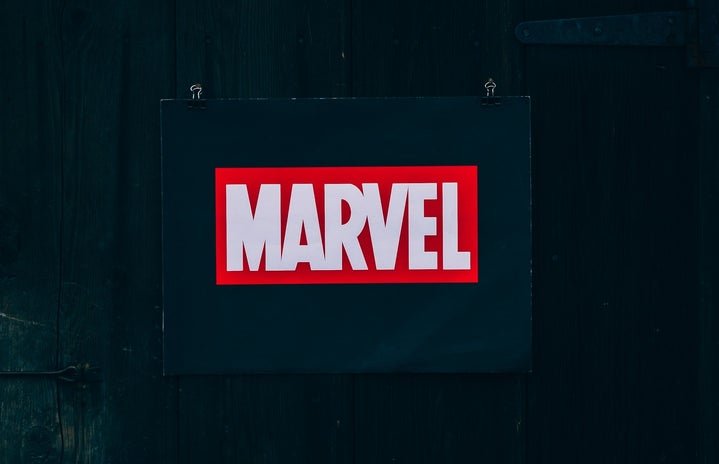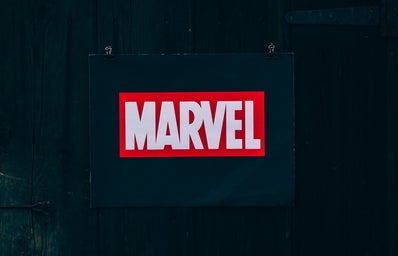With Marvel’s 2021 box office hit movie, “Shang-Chi,” making its big-screen debut, audiences and critics alike commended Marvel’s implementation of an outstanding Asian-American lead and predominantly East Asian cast in a headlining film. The story, which was inspired by Chinese folklore, incorporated martial arts and Asian talent, not only in front of the camera but behind it as well. The newest addition to the Marvel Cinematic Universe was directed by Destin Daniel Cretton, an American screenwriter of Chinese and Japanese descent. Following years of being mocked in Hollywood, 21st-century films like, “Shang-Chi,” displayed progress and gave a glimpse into the future of Asian representation in media. While improvements were occurring, there was still more than enough room for positive change in the industry.
The release of Shang-Chi was a call for celebration not only for Marvel fans but for the Asian community as well. Marvel’s lack of diversity in its cinematic universe was prominent for some time. The 2018 Academy-Award-winning film, “Black Panther,” made the initial shift with African American leads such as Chadwick Boseman and Lupita Nyong’o, along with NAACP Image Award-winning director, Ryan Coogler. That film gave audiences what they had been missing for so long. African American fans of the movie resonated with the leads in the film, and actors and actresses made strides towards receiving the recognition they rightfully deserved. Similar to “Black Panther,” “Shang-Chi” left a similar impact on fans. Additionally, its diversity was reflected in all aspects of production.
In an interview with Variety, Cretton spoke out about how it felt to direct a movie about Asian immigration and being Asian in the United States.
“I found myself to be quite emotional at various points, just being on set, looking around and seeing all these faces that I’ve never really seen collectively on screen before, particularly in Western cinema. These were characters who were dressing like me, talking like me, listening to music that my friends listen to. That was just something that I never experienced as a filmmaker before,” Cretton told Variety.
A few notable actors that stood by Cretton to bring the comic book characters to life included Simu Liu, Awkwafina and Fala Chen.
While “Shang-Chi’s” representation was exemplary, the road toward equity for Asian talent in American films had been a long one. Its history was not always commendable. In fact, in the beginning, many American films or television skits with Asian American cast members showcased evident racism. That misrepresentation followed Asian actors’ on-screen portrayals for decades.
Asian Actors in Film: Racism and Stereotypes
Asian actors became more involved in Hollywood films during the progressive 1900s era. At the time, if talent was not showcased in a martial arts film, like the late Bruce Lee, then they were likely overpowered by surrounding stereotypes. The 1998 Disney film, “Mulan,” was a film that caused a mixture of both joy and anxiety for the Asian community. Introducing an Asian princess to Disney Animation Studios was a step forward for the franchise. Although, the cultural depictions made throughout the cartoon were certainly outdated. Cultural stereotypes and obvious racism became more apparent as time passed. With the truth coming to the surface, Disney made the decision to include warnings before culturally inappropriate films, like Mulan.
Cliches throughout time included overexaggerated accents, stereotypical interests and the general assumption that being Asian automatically equated to being Chinese. Misrepresentation followed Asian representation in media for decades to follow.
Progression and Where the Film Industry is Headed
A notable turn in Asian representation in media was when the 2018 film, “Crazy Rich Asians” hit the big screen. The film was dubbed to “change Hollywood,” by Time Magazine. In Time Magazine’s article, it was written that the movie “represents Asian people so vividly, the film could set a precedent for many more stories like this one to be told.” For so long, Asian men and women had been characterized as needing to be grateful for the life they had in America. However, “Crazy Rich Asians” broke down any assumption that immigrants or children of Asian immigrants need an overwhelming amount of gratitude for their home in the United States. The raw and authentic piece set the tone for a new era of film. This movie pulled Asian representation in media away from its controversial history because of its tremendous success.
“Crazy Rich Asians” paved the way for other Asian-led films like, “Shang-Chi.” Both of these stories embraced the reality of being an Asian immigrant or Asian-American in the United States. The beautiful thing about these movies was that the leading characters’ Asian backgrounds did not consume their identity. Although lucrative, the leading actors and actresses were led by factors like love, strength or friendship. The protagonists were superheroes or girl bosses, rather than filling the roles of “best friend” or “mathematician.” Moving forward, the film-making industry would have hopefully recognized Asian talent- casting them as vital characters, providing them with speaking roles, showcasing their talents and eliminating unjust stereotypes.
Real-World Implications
The coronavirus pandemic sparked hate against Asian American Pacific Islander communities. However, that issue held more weight than just underlying prejudices. Hate crimes occurred more frequently. The “Stop AAPI Hate” website listed its national report for forms of discrimination:
- Verbal harassment (65.2%) and shunning (18.1%) — i.e., the deliberate avoidance of Asian Americans and Pacific Islanders — continued to make up the two largest proportions of the total incidents reported.
- Physical assault (12.6%) comprised the third-largest category of total reported incidents.
- Civil rights violations — e.g., workplace discrimination, refusal of service and being barred from transportation — account for 10.3% of the total incidents.
- Online harassment made up 7.3% of total incidents.
AAPI’s national trends list followed:
- A large percentage of incidents took place in public streets and parks (37.8% of incidents) and in businesses (32.2% of incidents).
- Gender, language, and religion were cited as motivating factors for discrimination in 21.7% of incidents.
- Hate incidents reported by women make up 64.8% of all reports.
- Youth (0 to 17 years old) report 11.0% of incidents and seniors (60 years old and older) reported 6.6% of the total incidents.
- Chinese individuals had reported more hate incidents (43.7%) than other racial or ethnic groups, followed by Koreans (16.6%), Filipinx (8.8%) and Vietnamese (8.3%).
So, while Asian representation in media seemed like it only mattered for entertainment purposes, real-world implications revealed that AAPI rights meant much more than that. This was more than a media imbalance — it was a fight for human rights. Any form of equal representation is a step towards healing, and the media industry would have hopefully continued to strive for equity through properly representing Asian talent.


